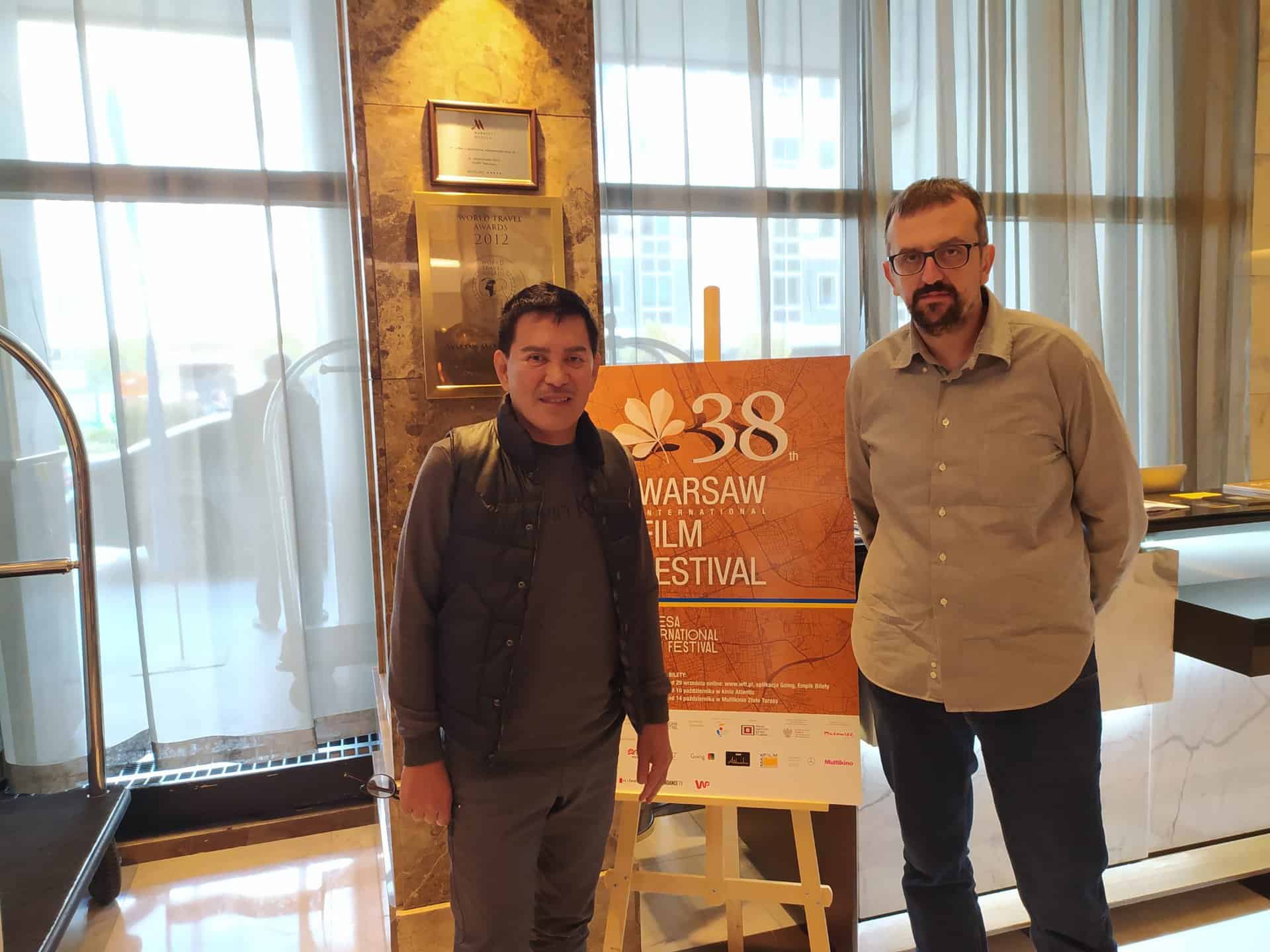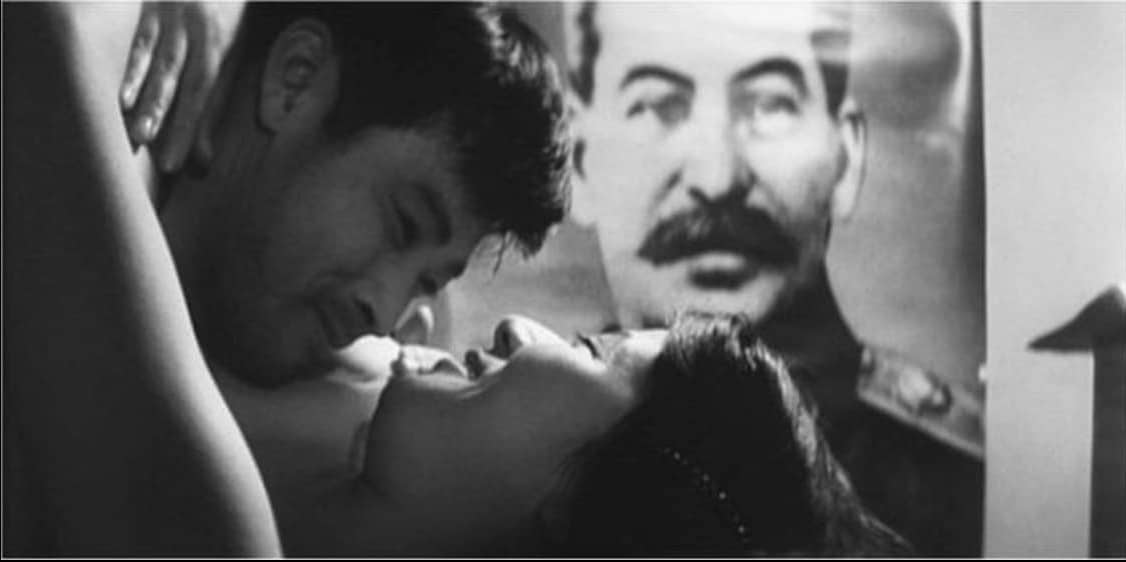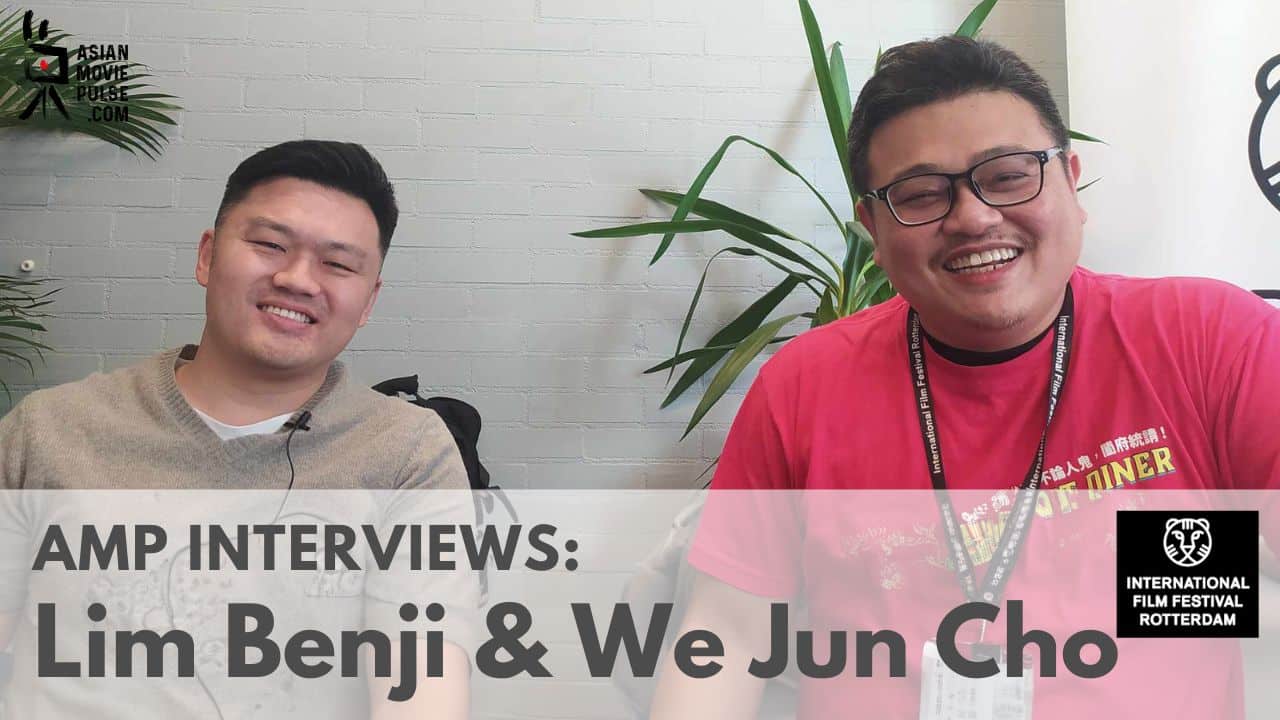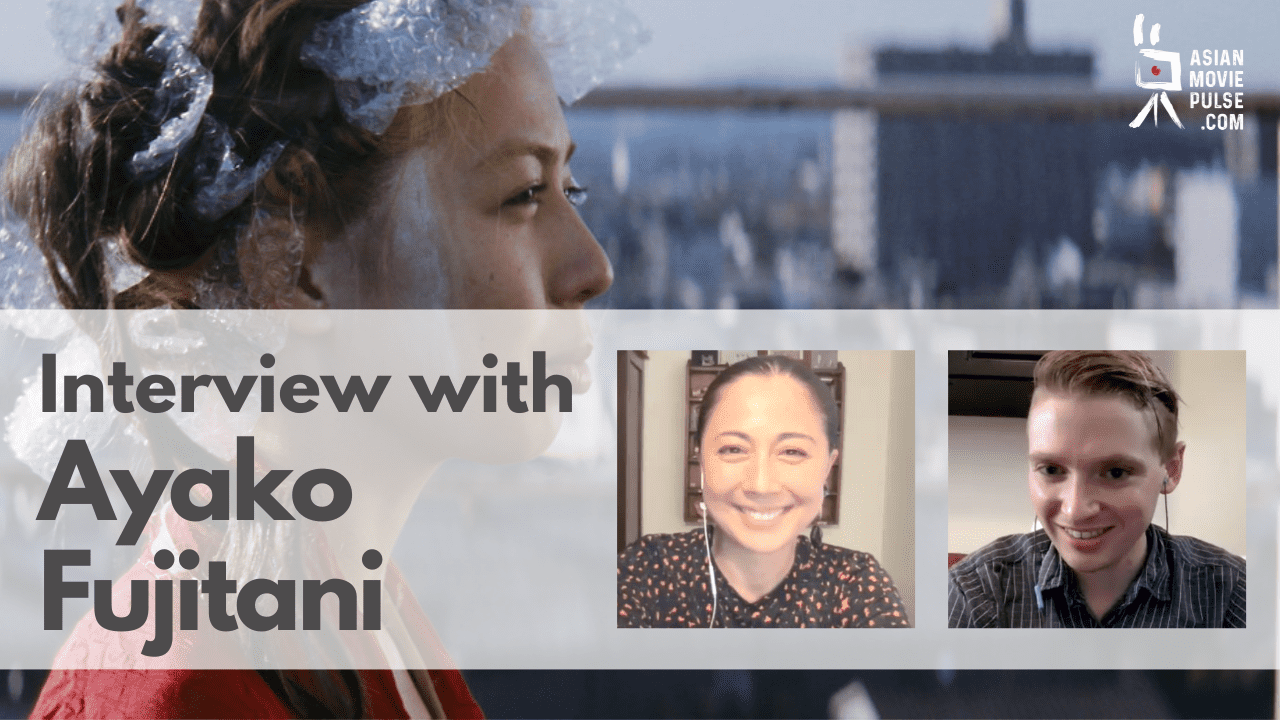Rezwan Shahriar Sumit was born and raised in Bangladesh’s capital Dhaka. “City Life”, his first short, earned him a place at the Berlinale Talents in 2008. He went on to study at the Graduate Film Program of New York University as a Tisch Fellow. There he produced Barbara Cigarroa’s short “Dios Nunca Muere” that played at NYFF, AFI Fest, Palm Springs, and Kurzfilmtage Winterthur. His first feature “The Salt in Our Waters” has been awarded France’s CNC Aide aux cinémas du monde, TFL Audience Design Fund, Bangladesh’s national film grant, and the Spike Lee Fellowship.
On the occasion of “The Salt in Our Waters” having its world premiere at the BFI London Film Festival we spoke to writer and director Rezwan Shahriar Sumit about the hardship of finding finance, Director Spike Lee’s ray of hope, working with DOP Chananun Chotrungroj, studying abroad and much more.

Please tell us all about how everything started and how you decided to write this story. And at what point did you feel ready to direct your first feature film?
In Bangladesh, we have the longest unbroken sea beach in the world. It is almost 100 miles in length. I have been to the coasts many times since my childhood. Back in those days, I used to venture off the popular tourist trails and walk miles at a stretch to check in on the local fishing communities. During my first visit, I remember watching them in awe as they pushed their tiny wooden boats into the choppy waters of the Bay of Bengal. Each boat usually has to face three waves. The first one is a gentle tap, the second one tests your nerves, and the third one can topple the boat. It sends the boats flying! I kept on wondering what makes the fishermen face this danger every day. They became a subject of interest. They catch Hilsha which of course has a very high demand in the city, but it did not take me long to realize that there is more to their lives than just money. Their coastal livelihood is in constant peril due to climate change. Their homes are ravaged by tidal bores regularly, yet they simply pick themselves up and return to fishing without any kind of lament or second thought. A primordial drive is at work here and that’s what fascinated me the most.
When I left Dhaka back in 2012 to join the graduate film program of NYU Tisch School of the Arts, I knew I was going to return eventually. I always wanted to tell stories of my land and my people. I still remember the day when I started writing “The Salt in Our Waters”. I was sitting on the top floor of the famous Bobst Library in New York. Its larger-than-life floor-to-ceiling windows led to a magnificent view of Washington Square Park, most of Manhattan’s midtown, and the one and only Empire State Building. Let’s just say I was staring at one of the peaks of human civilization, the American dream was up for grabs. Yet, my mind transported me to the good old fishing village in the coastal wilderness of Bangladesh where a small community of fishermen goes about living life dangerously. The floodgates were open – a series of vivid memories came rushing in.
This process only led to the first draft of the screenplay. What followed next was research. Spending time with the fishermen was important to me as I wanted the film to feel rooted. I would never just go and shoot the film without getting their seal of approval.
What was for you the biggest obstacle to overcome in the realization of “The Salt in Our Waters”?
You probably have heard this answer a thousand times before. I will still repeat it. Raising finance was the worst nightmare I had to endure. We have very few investors in Bangladesh, to begin with, and most of them are into the mainstream commercial fare. We also do not have real Creative Producers who can read a script and visualize its true potential. I know it is a rare talent in any part of the world. But when I pitched the project to studios in Bangladesh, they thought I was either too crazy or too naïve. “You want to spend two months in the coastal belt shooting with non-actors? Why not shoot all the interiors on a soundstage in Dhaka? Why spend so much time and money on location-sound when you can dub every scene?” These were some of the questions I faced. Come to think of it, those were not entirely pointless questions to ask a first-time filmmaker. What bothers me though is the fact that none of the executives gave me any hope.
Director Spike Lee was the first person who gave me a grant for this project, not without a warning – “You are going to shoot a first feature, in Bangladesh, during monsoon, on boats? May Allah be with you! Allahu Akbar!” We shared a laugh, but then he added – “You better surround yourself with crew members who know way more than you do”. He listed a few key crew positions and explained to me why those were important. For the first time, it all seemed doable.

I loved the way you ended your film. It is a capsule of hope in stormy times. Can you elaborate on the positivity you infused in the film?
I am so glad to hear that you saw a glimmer of hope at the end of the film. Some audiences have a different opinion about the ending. I find that divide to be fascinating. Since the film opened only recently, I need to wait and find out which side of the debate gets more votes.
However, I do agree the film in general is imbued with positivity. The fishermen have always been at the center of my interest and they are some of the most positive-minded people on the face of this Earth.
Can you tell us how you got in contact with DOP Chananun Chotrungroj and how you discussed and organized the work with her? She has an amazing portfolio, by the way, and often worked with first-time directors.
Chananun and I went to the same film school. She was a couple of years above me. We used to have screening events once every semester where DPs could show their most recent reels. I came across Chananun’s work at one of these events. Shortly after, she shot one of my friend’s pre-thesis shorts “Seide” which went to Venice. It was shot in Kyrgyzstan and features some of the best cinematography I have ever seen in a film. When I started talking with her about my film, I found out Chananun had spent a lot of time in a fishing village in Thailand with her grandmother and that some of those memories are still vivid in her mind. It did not take us much time to realize we were meant to collaborate on “The Salt in Our Waters”.
In terms of technique, we decided to go entirely handheld. The story is told from Rudro’s POV, who being an artist, tends to examine tiny details, jump in, get wet, touch, and feel objects. He also has an unhealthy obsession with human figures. Through his eyes, we wanted to see human bodies in their fullest glory, in riveting shapes and superbly animated motion – think Tuni chopping at woods, Bashar and Abdul planting fishing poles, and kids playing danguli. The camera movements had to match Rudro’s frantic pace and capture his spurts of creative energy. Chananun and I agreed on shooting the film on ALEXA Mini – to be able to stay lightweight and chose ZEISS Master Prime lenses for their unique cinematic look.
Can you tell us a bit about the casting? And how did you manage to direct at the same time professional actors and the local people?
Rudro, Tuni, Chairman, Talash, and Bashar – these five roles were played by trained Dhaka city actors. The rest of the cast were Patuakhali locals. I went to that village and other surrounding areas many times for research, and that is when I also used to look for potential actors. I found a few of the boys on Kuakata tourist beach where they were selling trinkets. I made sure they were familiar with the entire shooting crew at least a week before we started shooting. They also participated in training camps – but never in actual rehearsals. I thought that would take the freshness out of their performances. The trained actors on the other hand underwent a different process. I was keen on getting naturalistic performances, so the first step was to watch a lot of movies together. “Tulpan”, “Embrace Of The Serpent”, “Woman In The Dunes“, and “Breaking The Waves” are some of the movies we studied. The actors moved to Patuakhali a little early so they could immerse themselves in the rural way of living. I wanted to make sure the film is authentic to the place in every possible way, hence speaking in the Patuakhali dialect was also a challenge the trained actors had to respond to within a relatively short period.
The sketches and sculptures that in the film are Rudro’s artifacts are very fascinating. Are they the work of a real artist? What is the story behind them?
Yes, they are the work of a real sculptor. His name is Mahmudul Hasan Shohag. He began working on this project four months before the shoot. Two months of it was just getting to know who Rudro is and what motivates him as an artist. Shohag showed me a figurative series entirely made of dried coconut shells and wire mesh which led to many inspired discussions.
Shohag is supremely talented but prefers to keep things low-key. I do not think too many people know about his work outside Bangladesh. I also must add that his sculptures are way better in real life. They have an arresting quality. Do you remember the first one we unwrapped in the film? It is difficult to unsee that one. We plan on doing a ‘Salt Waters’ sculpture exhibition next year.
Will you continue to write and direct at the same time, or you feel more drawn towards one of your two talents?
I am currently writing a new draft of my second feature. I plan on directing it myself. I would love to direct someone else’s script after that. I am also open to adapting a book at some point.
Your film got a few prizes and recognitions even before its world release. Does this make you feel more confident or the fact that now the bar is set high intimidate you?
I don’t see those as prizes honestly. Those are bricks that help strengthen the foundation of a project. The bricks are not ornaments, they are there for a reason. After I received the fund from CNC, I was able to raise private equity from Bangladesh. The fund from Torino Film Lab helped me formulate a distribution plan. Spike Lee’s grant helped cover my expenses in New York so I could focus on writing.
We launched the film in London last week. This week it is playing in Busan. Next week it goes to Kolkata. These are the real testing grounds. If audiences engage with this film, I will feel more confident to move forward with my next thing. (and then, of course, I will need more bricks!)
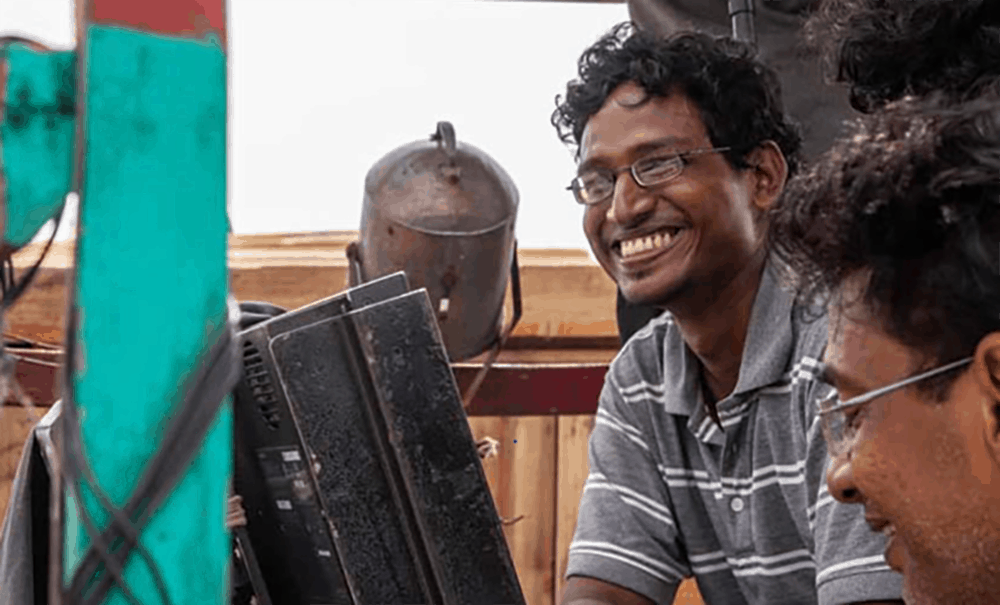
Looking back, how was the experience of going to study abroad? And do you think you will continue to work in Bangladesh or you feel open to different experiences?
2012 – 2017 was the most formative period of my life as a filmmaker. During that time, I was pursuing an MFA in New York. NYU’s film program not only helped me find my voice but it also helped me find a small group of film friends whom I can depend on. I can send them a script or a rough cut and get instant, honest feedback.
From the very beginning, our professors encouraged us to write stories that are set in our own cultures. Maybe that is one of the reasons why I decided to situate my first feature in Bangladesh. My second feature is also set in Bangladesh. After that one, I will be open to exploring new territories. I worked in Western Union as a Marketing Executive for two years. I used to converse with Bangladeshi migrants day in, day out and I have some incredible true stories to share with the world.
What is the general situation of the film industry in Bangladesh, regardless of this Covid moment?
I don’t think we can call it an industry. Independent filmmakers are kind of on their own and have to fend for themselves. Yes, we have a national film grant which many of our neighboring countries do not have. But that’s really all we have. We don’t have a functional film development bureau. Our theatres are in a sorry state. Our streamers do not care about quality. They are in the business to earn some quick cash. The film schools are not yet up to the mark. The list can go on forever.
What we do have is a plethora of raw talent. The government should partner with private companies and establish development labs or incubators where these youngsters (and their ideas) can be nurtured. With the right kind of support, we can turn things around in a matter of 4-5 years.
Finally, would it be possible to know a bit about your next work? I know you are already on it.
My second feature is titled ‘A New Prophet’. It is a science fiction set in the confluence of spirituality and technology. We follow a young game developer as he tries to reconnect with his estranged family using a VR app.
I am developing it at Film Independent’s year-long Global Media Makers program. The project has received support from Alfred P. Sloan Foundation, TFL, and IEFTA. I would like to shoot it next year.



